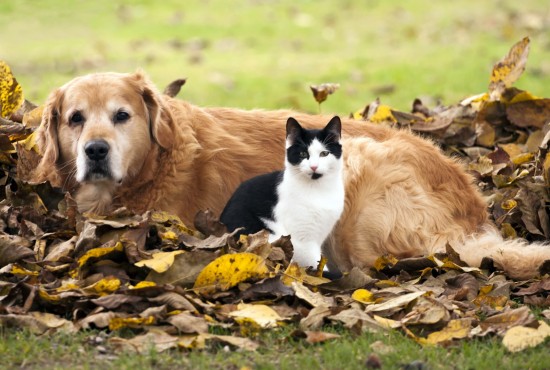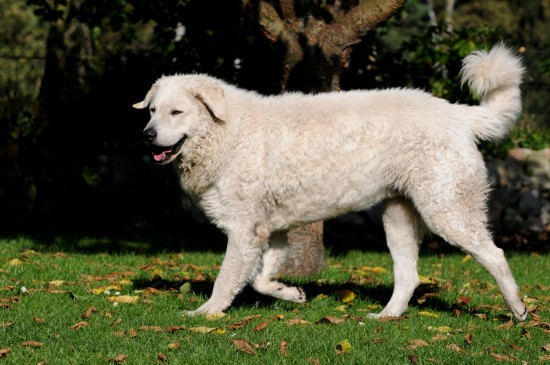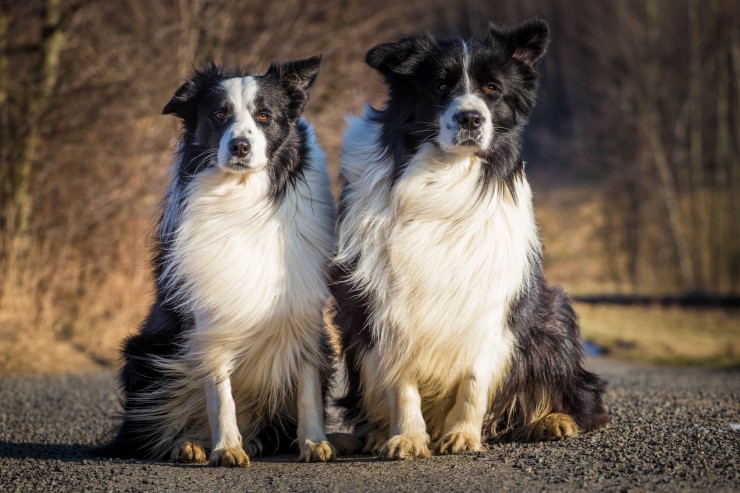Due to the existence of the Andes Mountains, the Amazon River and the Pacific Ocean, Peru has the one of the greatest bio-diversities in the world. This Andean country is one of the 17 countries on earth that is home to 80% of the total world biodiversity. Peru is host to 53 protected areas with over 1,800 species of birds of which 120 are endemic to Peru, hundreds of mammals, including pumas and bears while the coast has a great deal of marine life including sea lions, penguins and other seabirds.
Among the best known of members of the Peruvian wildlife family are the bespectacled bear, the llama, alpaca and vicuna, the condor, viscachas, the puma, tapirs and otters. Found in high, rocky areas deemed largely unsuitable for agriculture is the bespectacled bear. It is predominantly black or brown in color with shading around the chest and neck in white, cream or orange with each eye encircled by a ring, which gives it its name. It is a relatively small animal with the males weighing about 175 pounds and the females about 135 pounds. Its feet have five sharp, short and powerful claws which are used for climbing and tearing trees apart. It eats wild fruits and particularly enjoys eating figs, as well as leaves, insects, small animals, herbs and grasses. It lives in tree tops and builds a nest every night for sleeping.
The llama, alpaca, vicuna and guanaco are members of the camelid family and are characterized by having no horns, being cud-chewing and having an even number of toes and padded feet. Llamas are bigger than alpacas, typically with a height of 40 to 45 inches at the withers and 5?to 6 feet at the head. Their average lifespan is between 15 and 30 years and they weigh between 280 and 450 pounds. Alpacas, on the other hand, weigh about 100 to 175 pounds and have a height of 36 inches at the withers. Their life span is from 15 to 25 years.
There are many similarities between alpacas and llamas. They use their posture and ear and tail movements to communicate, with aggressive modes of communication being stamping, kicking and spitting. They are very social animals and are best when pastured together. They differ not only in size but in ear shape, hair, fleece and curvature of the back. Alpacas have symmetrical pear-shaped ears and shorter noses while llamas have ears that are longer and shaped like a banana. The shape of the alpaca's back has a slight upward curve while the back of the llama is straight. Llamas are descendants of the guanaco while the alpaca was domesticated from the wild vicuna.
Vicunas are the smallest of the camelids, weighing between 70 and 90 pounds and having a height of about 36 inches at the withers. The color of the wool is light brown on the dorsal side and white on the belly and chest. Both vicuna and guanacos are not domesticated animals. The guanaco has a slender body with a wooly, thick and short coat that is brown in color. The legs are also brown with a necklace of white hair. They grow to 46 to 68 inches in height and weigh between 200 and 300 pounds.
Viscachas are a type of chinchilla that are about the size of a rabbit with large hind limbs for leaping and dense, soft fur. They have relatively large heads and range in color from gray to black. Not including the tail, they are between 11.8 and 23.6 inches long with the tail being between 2.9 and 10.5 inches long. They typically weigh between 1.1 and 19.8 pounds and live in rocky outcrops, scrub and grasslands.
The Andean Condor is one of the world磗 largest birds with a wingspan up to 12 feet wide. They are brown when young, changing to predominantly black as an adult with a white collar and often white coloring on the tops of the wings. The head and neck are bald, and the birds are ungainly when on the ground. In the air however they seem to glide effortlessly on thermals and make for an impressive sight.
The animals described above are largely found in the Andean region of Peru. Much of Peru however is made up of the Amazon basin which is of course the world's most biologically diverse region and teeming with wildlife. Wherever you choose to visit you are sure to encounter at least some of Peru's rich fauna.

 Vomiting, Regurgitation And Expectoration In Cats And Dogs - The Difference
Vomiting, Regurgi
Vomiting, Regurgitation And Expectoration In Cats And Dogs - The Difference
Vomiting, Regurgi
 10 Best Guard Dog Breeds Ever !
10 Best Guard Dog
10 Best Guard Dog Breeds Ever !
10 Best Guard Dog
 Hypotension In The Dog
Hypotension In Th
Hypotension In The Dog
Hypotension In Th
 Simple and effective way to getting ESA letter in online
Simple and effective way to getting ESA letter in online
Simple and effective way to getting ESA letter in online
Simple and effective way to getting ESA letter in online
 Kitty Attitude Or Love?
Cats have a reputation for their snooty attitudes. They
Kitty Attitude Or Love?
Cats have a reputation for their snooty attitudes. They